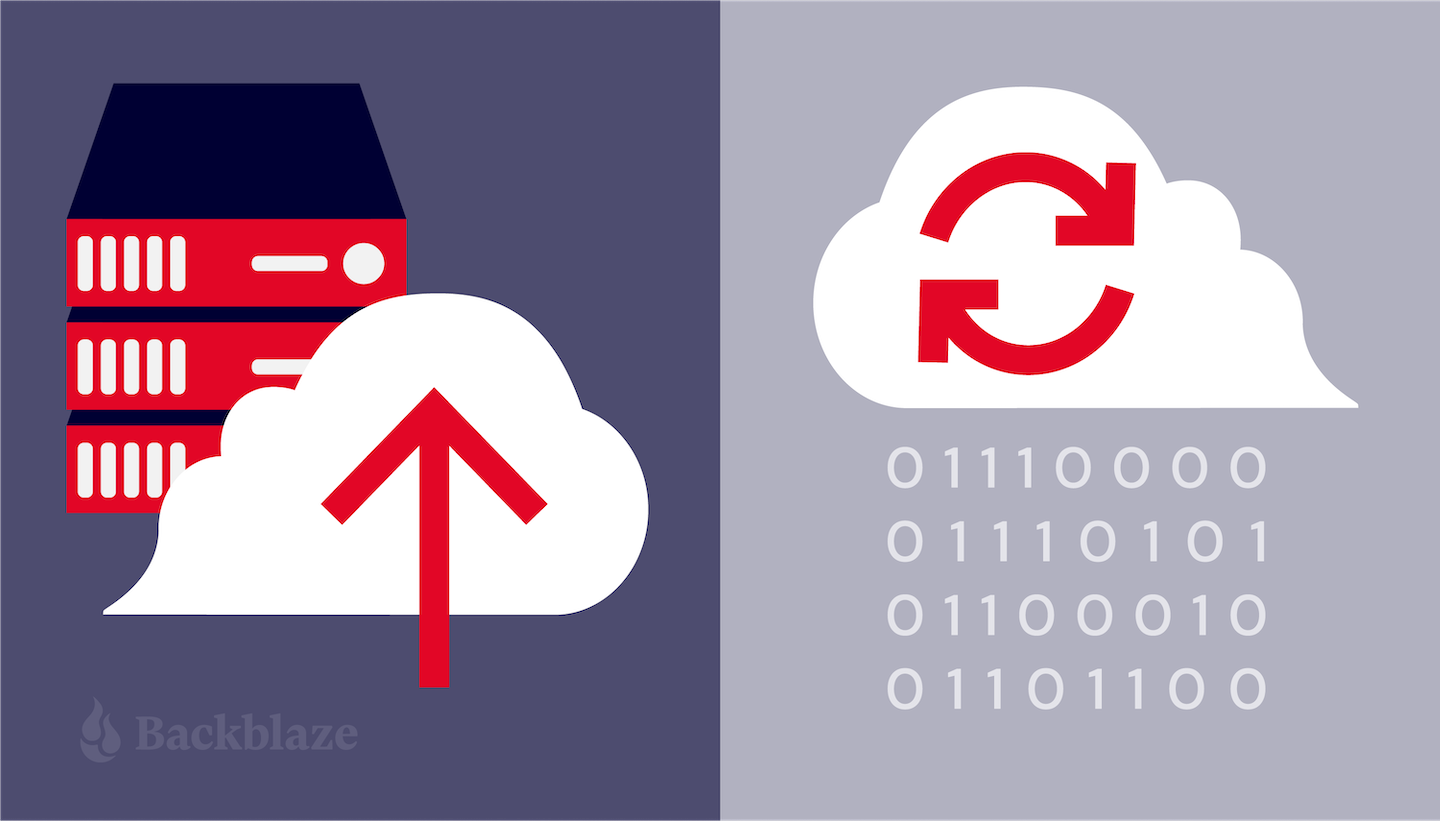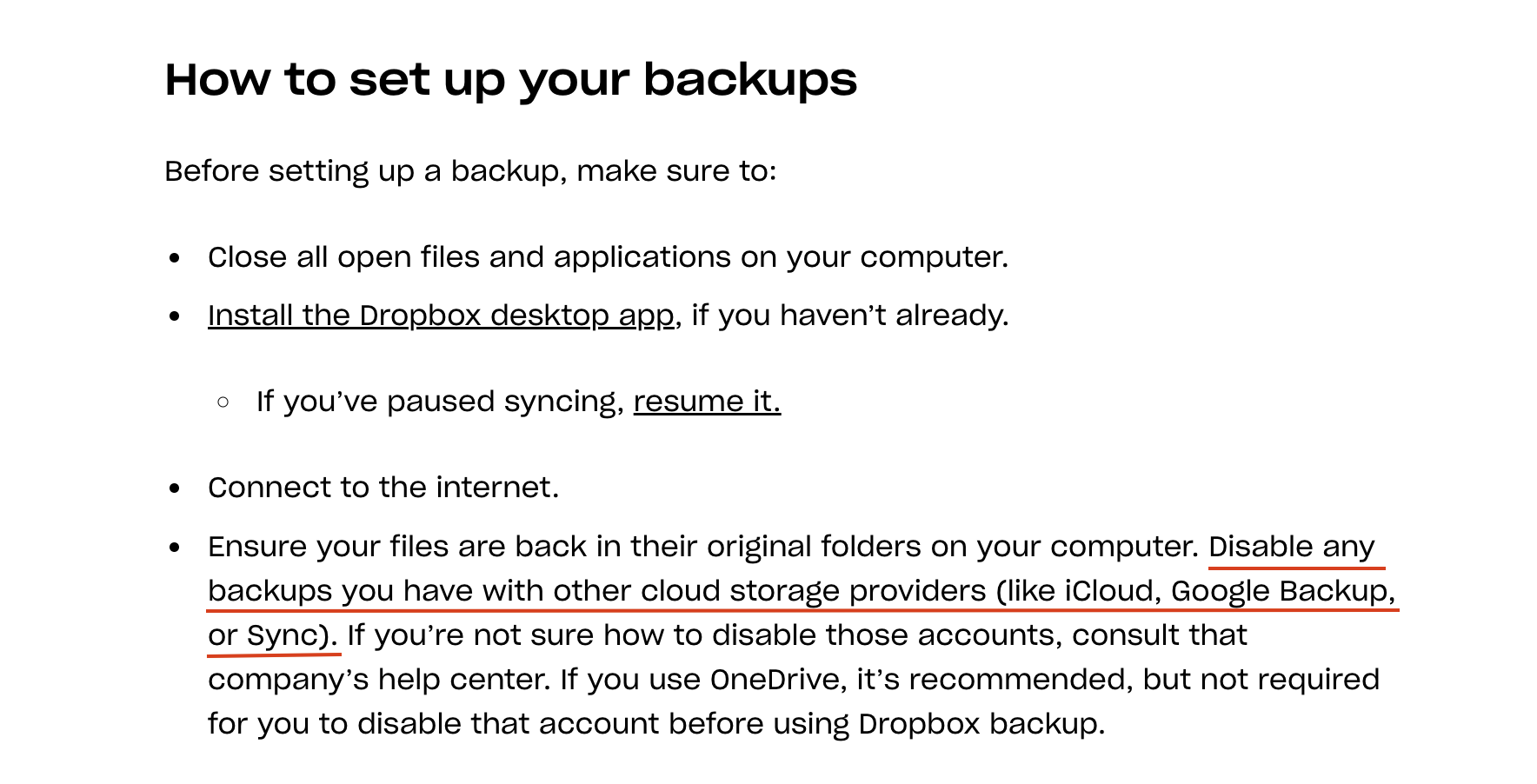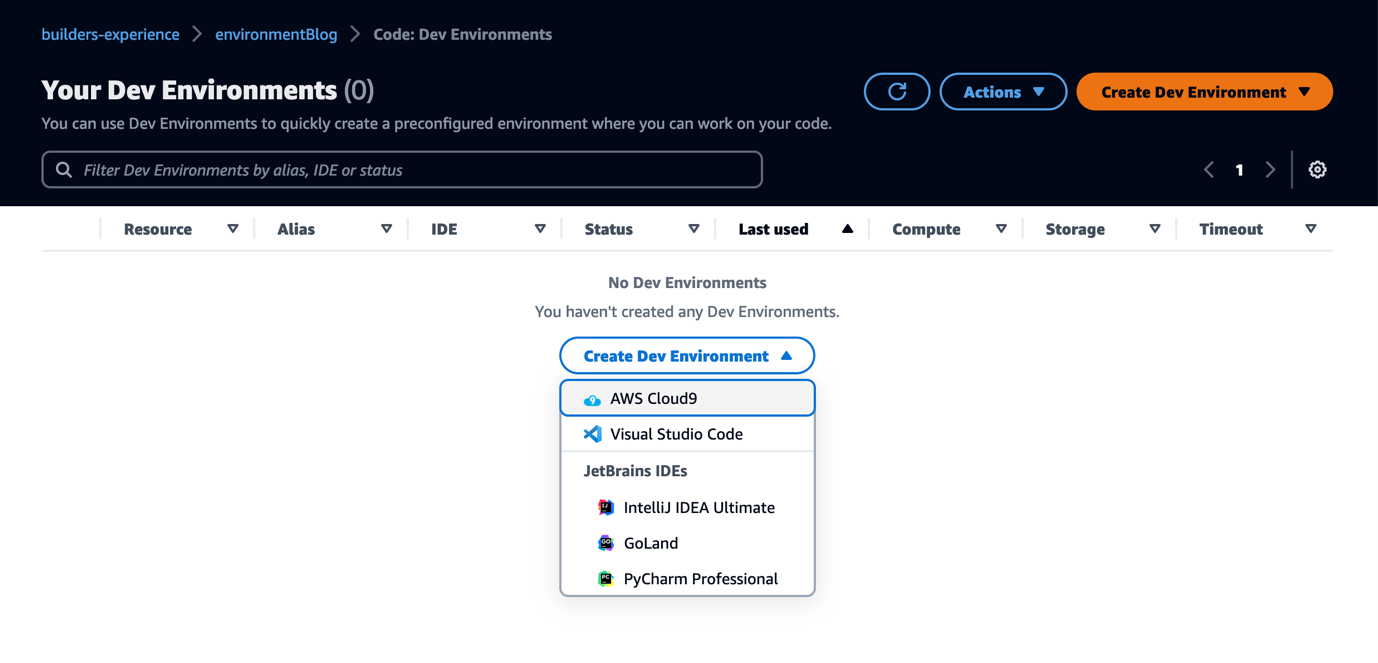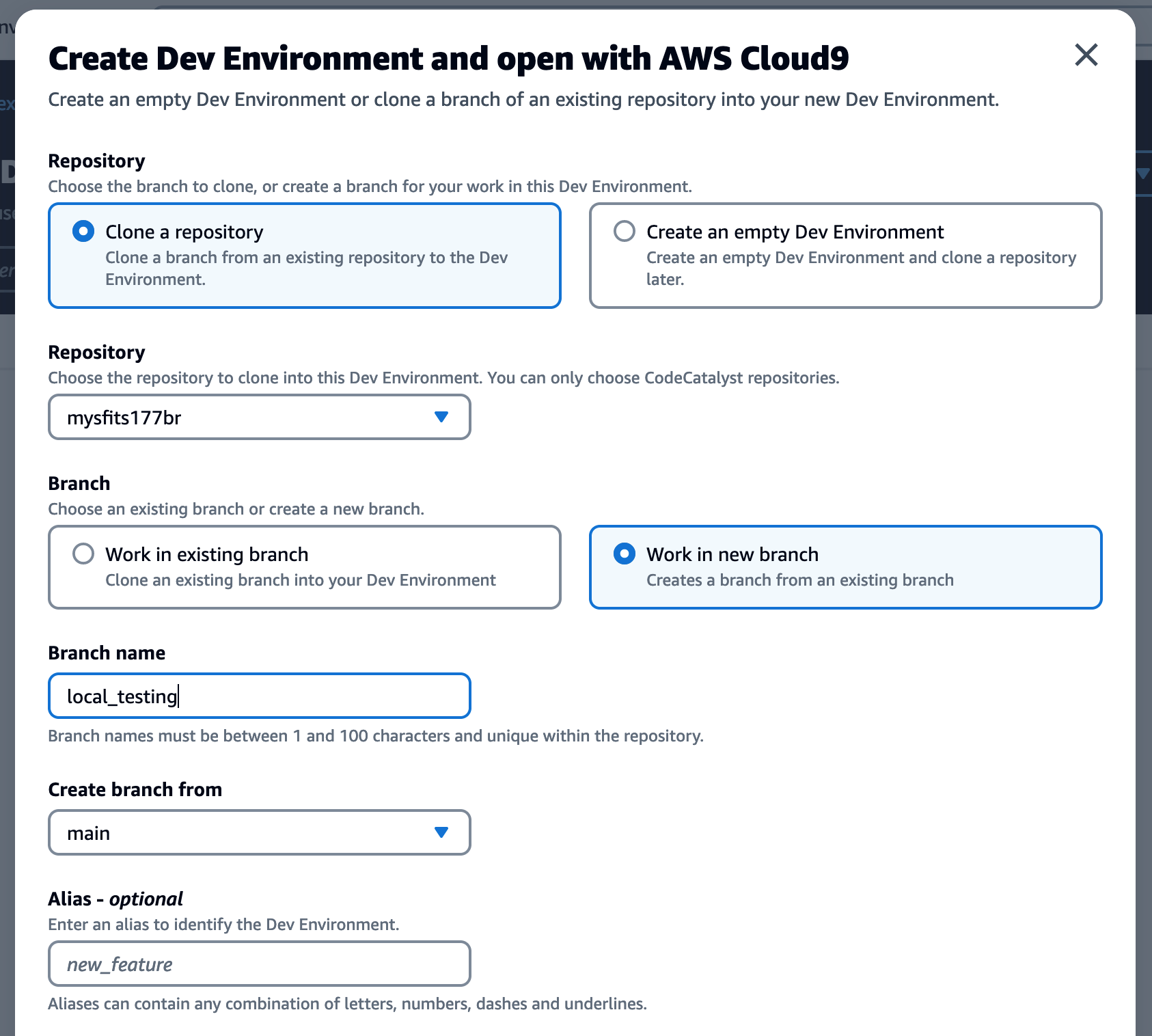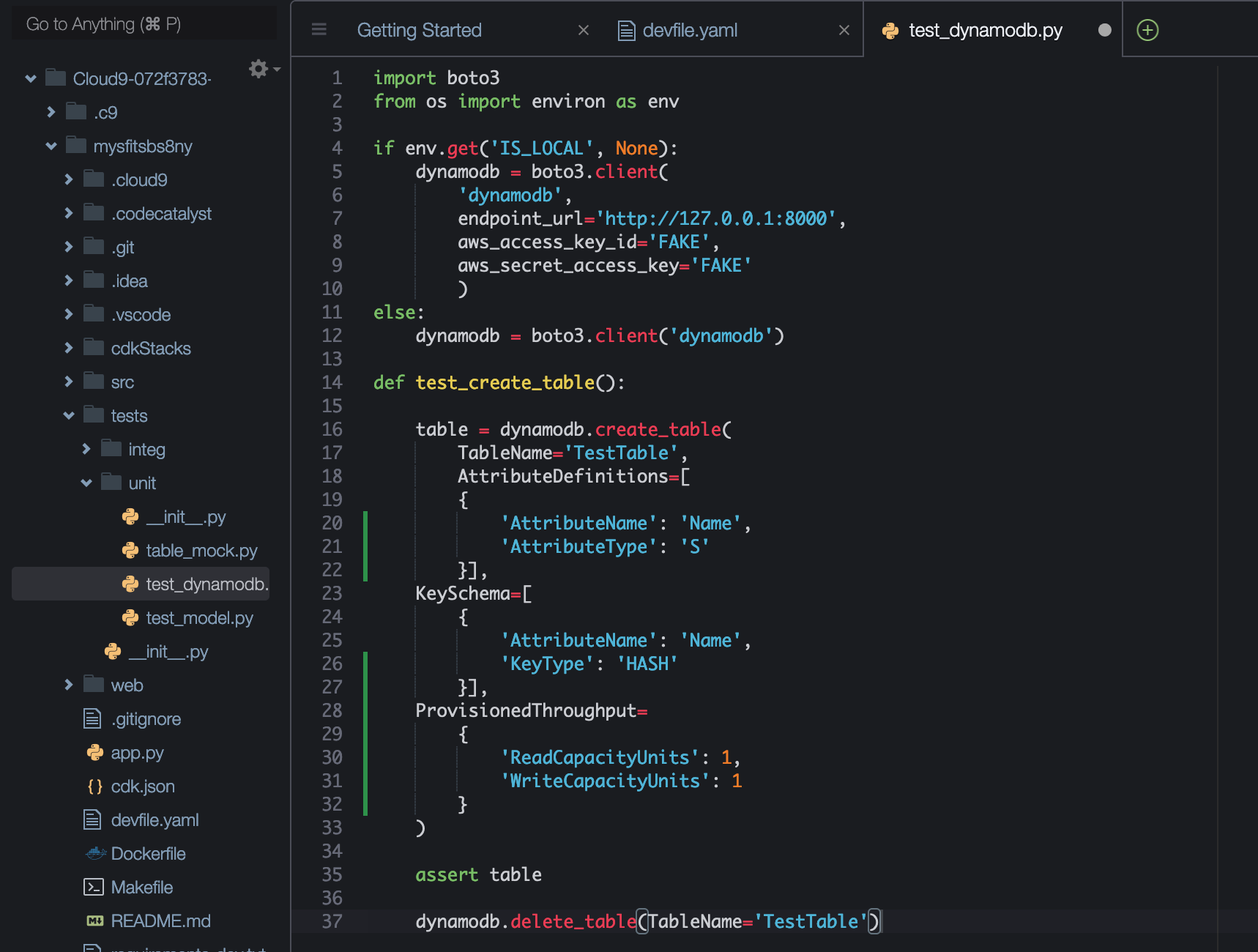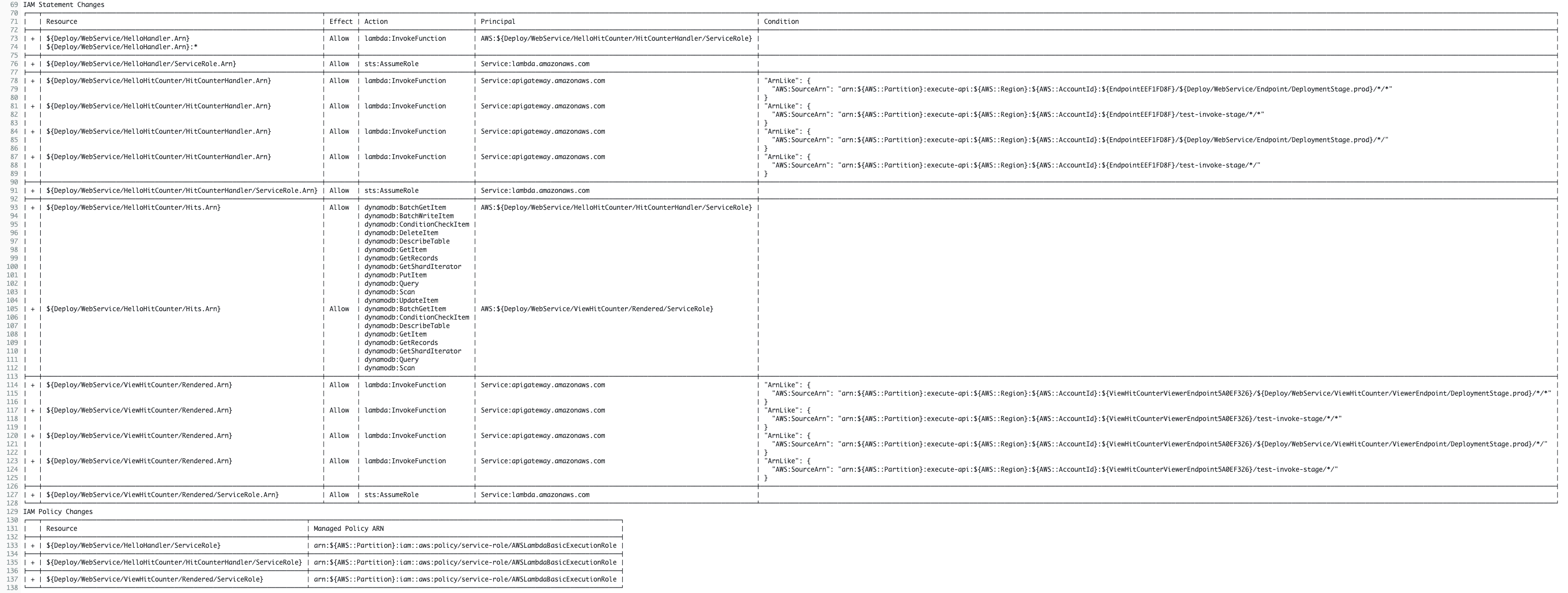Post Syndicated from original http://www.gatchev.info/blog/?p=2529
Миша е войник в украинската армия. Истинското му име е друго. Всякакви идентифициращи подробности, които съм забелязал, също съм променил. Когато и ако преценя, че вече не е опасно за него, ще кажа истинските и откъде го познавам.
В армията е от около 6 месеца. Воюва при Бахмут. Понякога праща е-майли, по три-четири реда, вероятно в нарушение на забрана. От около месец и нещо зачестиха – вместо по един на месец са към по два на седмица, и значително по-дълги. Има нужда да сподели.
И какво да сподели. Много неща – разсъждения за Русия и Украйна, как са се променяли позициите му (етнически руснак е). Кой как воюва, кога какво се случило. От най-общочовешки до най-обикновени и човешки неща. Но темата, която набъбна напоследък, е за мястото на човека – и конкретно на Миша – във войната.
Разказът му е потрисащ. Впечатли ме по-силно от един ужасяващ руски филм – „Иди и виж“. Може би с това, че е не филм, а реалността. Трудно ми е да повярвам, че е писан от момче на няма трийсет. И не искам да го вярвам, за да не мисля какво е изстрадал.
От седмица-две обмислям да преведа и пусна тук писмата му. Не всичко, само темата за човека и войната. Спираше ме, че са несвързани, може би писани на парчета. Накрая реших – ще извадя и подредя темата в общ разказ, като запазя непроменено казаното. Без детайлите няма да има ударната сила на оригиналните писма – нищо, все е нещо. И без най-драстичните неща, твърде тежки са… Мисля, че който иска правото да се нарича човек, трябва да го прочете.
И да го почувства.
Наборник съм. Като ме пратиха в Бахмут, се уплаших. Знаех колко е тежко там. После ми стана все едно. Две смърти няма, вечен живот също.
Допреди ноември също беше тежко. Орките не икономисват артилерията, на много места вече даже руини не стърчат. Както и да се пазим, се случват ранени и загинали. Закусвате заедно, а вечерта човекът го няма. Завинаги. Иде ти да виеш. Теб да убият, после няма да боли. А за другите боли и не спира. И ти го познаваш от месеци – а децата му, жена му, майка му, на тях какво им е?
Оказва се, това не е нищо. Дотогава почти не виждах реален, жив враг. Веднъж на два-три дни видиш нещо да помръдне откъм позициите им, дадеш откос някъде натам и толкова. Колкото да не е без хич. Надали съм и одраскал някого. Не е реално да улучиш. И слава богу. И орките имат деца, жени, майки. Даже вагнеровците, срещу нас са те. Лозунгите „да умрем за Родината-майка“ и „смърт на нацистите укри“ са оркска кожа, а в нея са заключени хора като мен и другарите ми. Обелиш ли я, това отвътре ще си спомни, че е човек. Дресьорите му за назгули може и да стават, ама до Моргот им е далече. Засега.
Разбрах какво е ужас, откакто отсреща пристигнаха наборниците. Изкарват ги на предната линия, по няколко десетки души, и командват „Атакувай!“. Забави ли се някой, опита ли да се върне, вагнеровците отзад стрелят по него.
Много наборници са така паникьосани, че дори не стрелят. Не че ще ни уцелят, укритията и окопите ни са отлични. Почти не се е случвало да пуснат пред тях БТР или танк да ги пази поне малко. Персоналните им брони са тенекийки, даже пистолет ги пробива от 200 метра, пробвали сме на трофейни. Още първият куршум ги сваля…
Обикновено насреща е младо момче. Тича към теб, често даже забравил да стреля. Можеш през прицела да видиш очите му. И ужаса в тях. Неговия, и още повече тоя на близките му, на всеки, на когото е скъп. Него ще престане да го боли, а тях ще ги боли завинаги. И той винаги прилича на някой от другарите ти, или на някой друг познат. Или на оня в огледалото. Видиш ли го, разбираш – и ти ще го помниш завинаги. Ще идва нощем, да те пита защо отне бащата на децата му и детето на майка му. Или ще идват децата му или майка му, да те питат те. Мъртвите ти другари ги е убил някой орк, дошъл тук да убива, да отмъщава за това, че живее по оркски, некрасиво. А това момче ще го убиеш ти, човекът.
И после натискаш спусъка.
И той полита и рухва. Виждаш през прицела как пръстите му ровят земята за последно.
И усещаш в себе си писък. На изчезналите в миг десетки хиляди дни, които са го чакали, никой не идеален, но всеки щастлив. На децата му, които вече никога няма да се родят. На вече родените, останали без баща завинаги. На осиротелите му съпруга и родители, братя и сестри, приятели. На кучето му, които никога повече няма да бъде помилвано от господаря си. Всичкото това щастие, което си изличил с мръдване на пръста. И всичкото добро – защото и в най-злия има добро, може би малко, но за цял живот огромно.
И ти се иска да хвърлиш калашника и да паднеш на колене. И да има някой, който да може да ти прости. За твоя си избор, за който не заслужаваш прошка от никого и никога няма да я заслужиш. Преди войната нямаше да го разбера, щях да считам за луд който мисли така. Сега считам за луди тези, които не мислят така.
А не можеш. Отсреща тичат още. И в прицела виждаш лицето на следващия и очите му, и ужаса в тях на всички, на които е скъп.
И после пак натискаш спусъка, и писък в теб пак те сгърчва.
И после пак. И пак. И пак.
Докато ничията земя не бъде разчистена. Малкото неударени лежат сред убитите, правят се на умрели. Падне ли нощта, ще допълзят обратно до прикритието си. Или до твоето, ако сбъркат посоката. Или може би ако не я сбъркат. Към през ден се случва по някой. Всички са в ступор. Не личи да разбират, че са при „врага“. Вече знаем – падне ли нощта, навярно ще видим в термален прицел някой да пълзи към нас. Без нито да ни стреля, нито да се пази. Стигне ли до окопа ни, просто рухва в него и лежи, все му е едно, че към него идват „врагове“, не прави нищо. Взимаме му оръжието, ако не го е изгубил вече, и някой го кара в тила. Не създава проблеми.
Добре, че са те и това да ги пощадим. Дават искрица надеждица за спасение сред кошмара. Без тях бих полудял.
От дванайсет души отделение през август останахме девет. Двама стрелят по орките, без да им пука. Просто си пазят страната, нищо лично. Все едно ходят на работа. Сигурно са прави. Превземат ли място орките, животът там е russian roulette. Населението може да няма особени проблеми, а може и да е като в концлагер.
А един направо оргазмира, като улучи орк. Казва, майка му и сестра му загинали в Мариупол. Щял да спре да убива орки когато те двете възкръснат. Може би е истина и от това да е откачил. Може да лъже, да е психопат с оправдание. Не го познавам отпреди, не знам.
Останалите сме на ръба на побъркването. Говорили сме много пъти, знам го. Не от страха за себе си. От ужаса колко хора сме убили, в какво сме се превърнали. Оправдания много и всякакви, като лайна са, всеки може да ги изсере, винаги смърдят и никога нищо не скриват.
Падне ли първата вълна, отсреща пращат следващата. Още момчета на смърт. И убиването започва пак, трупа още писъци в душата ти. С които няма свикване. И не трябва да има. Убивал ли си, няма значение виновни или невинни, да си носиш наказанието е единствената останала ти връзка с човешкото.
Стреляме. И се молим да няма трета вълна. Не знаем ще издържим ли да не хвърлим оръжието и да излезем от укритията, за да ни убият, за да престане най-сетне да ни боли.
Понякога има трета вълна. Стискаме зъби и стреляме. Вече знаем – четвърта никога не е имало, ако вагнеровците не са тръгнали след втората, ще тръгнат след тази. С надеждата да сме попривършили боеприпасите. Или може би да не сме издържали на убиването и да излезем да ни стрелят. На други участъци чувам, че се стига и до ръкопашен бой. На нашия още не е, въпреки че на няколко пъти стигаха на по трийсетина метра от нас. Усетят ли, че не жалим боеприпасите, се отказват и отстъпват. По тях не стрелят отзад. Засега.
Те са другото, което ни крепи. Назначили сме ги за зло. Има защо. Във всяка вълна наборници поне двама-трима, уплашили се и спрели или отстъпили, ги убиват те. Знаеш ли колко добре личи дали ударът от куршума идва отпред или отзад? Като го удариш отпред, куршумът отхвърля тялото му назад и той се присвива напред, около него. Като го ударят отзад, куршумът блъсва тялото му напред, той се изпъчва и ръцете и главата му отлитат назад. Даже от двеста метра се вижда чудесно.
Оркската кожа на вагнеровците е по-дебела, почнеш ли да я белиш, трябва повече сила и ще откъсваш парчета месо с нея. При по-опръстенен назгул са. Но отвътре пак ще остане достатъчно човек, с деца, родители, мечти. Понякога с вкус към музика – подиграваме им се за гаврата с класиката, но даже претензията да я харесват все е вратичка към човешкото. А и вътре в нас не е важно какви са те наистина, важно е за какви сме ги назначили ние. Първото значи разни неща за тях. Второто значи неща за нас. Тези, които ни правят хора. Или орки.
Затова ги смятаме за зло. За да се мислим за добри. Въпреки че сме масови убийци, вътре във всеки от нас ехтят писъци с десетки. Не знам затворници ли са срещу нас, все едно, и затворниците също са хора. Но мисълта, че воюваме срещу нещо по-зло и от нас ни крепи. Не зная дали без това нямаше да сме си теглили куршума, за да спрат най-сетне писъците.
Отстъпят ли вагнеровците, атаката спира. Втора същия ден почти не се е случвала, поне на нашия участък. Близо до позицията ни има санитарен пункт – постъмни ли се, санитарите запълзяват по бойното поле, търсят още живи, да ги превържат и измъкнат. Нищо, че наши там няма. Шефът на пункта казва, че някои от спасените били благодарни, било за тях начин да се предадат, без техните да пострадат, разказвали оперативна информация, затова командването не било против да ги извличат. Не знам истина ли е, но се спасяват животи. Понякога и от нас излизат с тях, и аз съм ходил, два пъти изнасях ранен. Не ти пука дали няма да те гръмнат от отсреща. Нито дали спасен ще каже нещо важно. Нито дали ще е благодарен, или ще те проклина. Човекът в теб оцелява от това.
Чувал съм, че на други участъци се е случвало орките да стрелят по санитарите ни. Не знам дали е истина. На нашия участък не се е случвало. Сигурно ги виждат, няма как да нямат термовизьори. И ние често виждаме техни санитари да пълзят нощем. И през ум не ни е минавало да ги стреляме, даже на онзи с майката и сестрата в Мариупол. Санитарите казват, че понякога са се срещали с отсрещни санитари насред полето. Че няма враждебност. Че споделят, че ако някой няма нещо, а другият го има в повече. Че орките предпочитат да си измъкнат ранените към тях, но ако е по-лесно или спешно да ги измъкнем към нас, често ни ги оставят. Оръжие и боеприпаси не ни стигат, но медицински материали май имаме повече и по-добри.
И сред тях трябва да има всякакви. И сигурно също повечето се плашат от убиването повече, отколкото от смъртта. Хора като мен. Ако е истина една десета от това, дето го разказват воювалите в Мариупол и Северодонецк, трябва да ги мразя до смърт. Да се радвам, като ги убивам. А навярно е истина всичкото, нали Бахмут е пред очите ми. Разкажа ли ти какво са видели, месеци няма да спиш нощем. Но се мъча да не мразя орките. Да мисля, че са хора. Дори вагнеровците – зли, но хора. Отстъпя ли, поддам ли, ще стана като другаря ми със загиналите майка и сестра. Побъркана машина за убиване и нищо друго. Неспособна да бъде човек, никога вече.
Може и да съм станал вече, и затова още да не съм се хвърлил върху куршумите. Право нямам, направим ли го, орките ще стигнат и до моя град, и той също ще се обърне на Бахмут, купища руини със стърчащи изпод тях ръце и крака на трупове. Щом стрелят и по своите си… И ден след ден убиваме още и още момци като нас, трупаме планина от тях, почерняме не ща да мисля още колко живи. Убиваме всъщност себе си. За да не убием близките и скъпите си. Война – умираш, за да спасиш тях. От това да умрат, и още повече от това да убиват. Звучи толкова лесно.
А не е. Утре пак ще има атака, рядко минава ден без нея. И в прицела пак ще виждаш лицата на скъпите си и своето, ще натискаш спусъка и те ще рухват мъртви. Всъщност други и скъпи на другиго – има ли значение? Сигурно и сред тях е пълно с ужасени от смъртта, дето са я посели – това си е техен товар, аз имам моя и той ме смачква.
В такива случаи казват – дано се срещнем и прегърнем, когато войната свърши. Не искам да те срещам и прегръщам. Не искам да срещам и прегръщам никой, който не е убивал. Ще го оскверня. Искам, ако съм жив още когато войната свърши, когато вече няма нужда да защитавам близките си, да ме застрелят. За да спрат писъците отвътре. Орките лъжат, че сме един народ – вярно е. Каквото е живо и има чувства, всичкото е един народ, и момчетата дето ги стрелям също. В медсанвъзела си гледат куче, откъснат при обстрел заден крак, едва го спасиха – и то. И мишките в укритието ни, дето за теб са паразити и ще им подхвърлиш отрова, те също. Винаги оставяме трохи и за тях, докато ни има ще го правим. Храним последните искрици човек в нас.
Войната не е страшна с това, че ще те убият. Страшна е с това, че ти убиваш. И че няма как да спреш, иначе ще убият тези, които са ти скъпи. Жертваш се заради тях, по-страшно от смърт. Иначе те ще да трябва да правят тази жертва.

